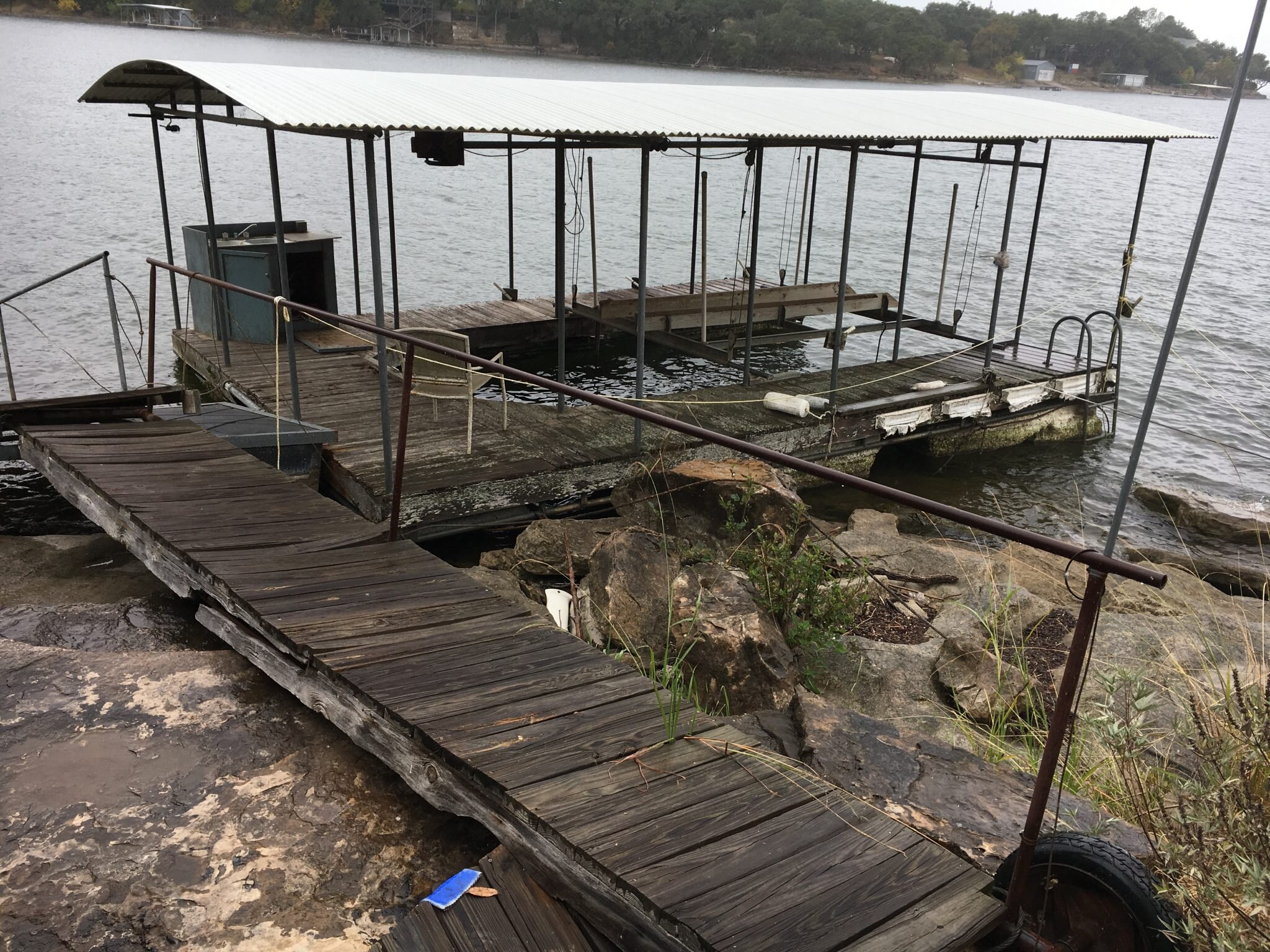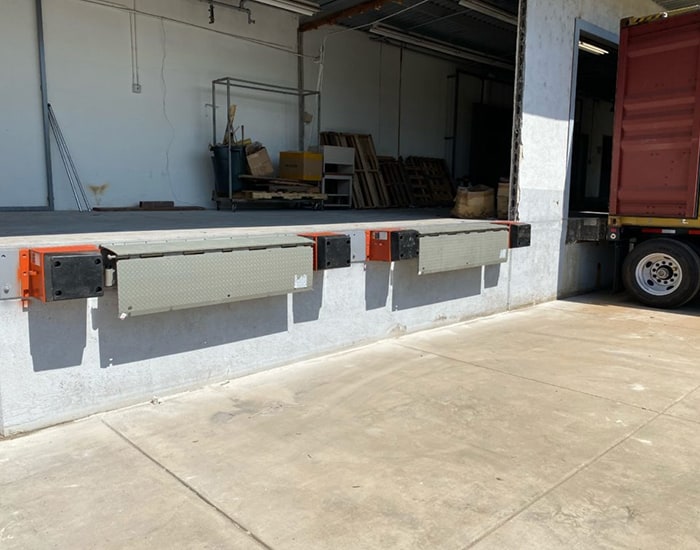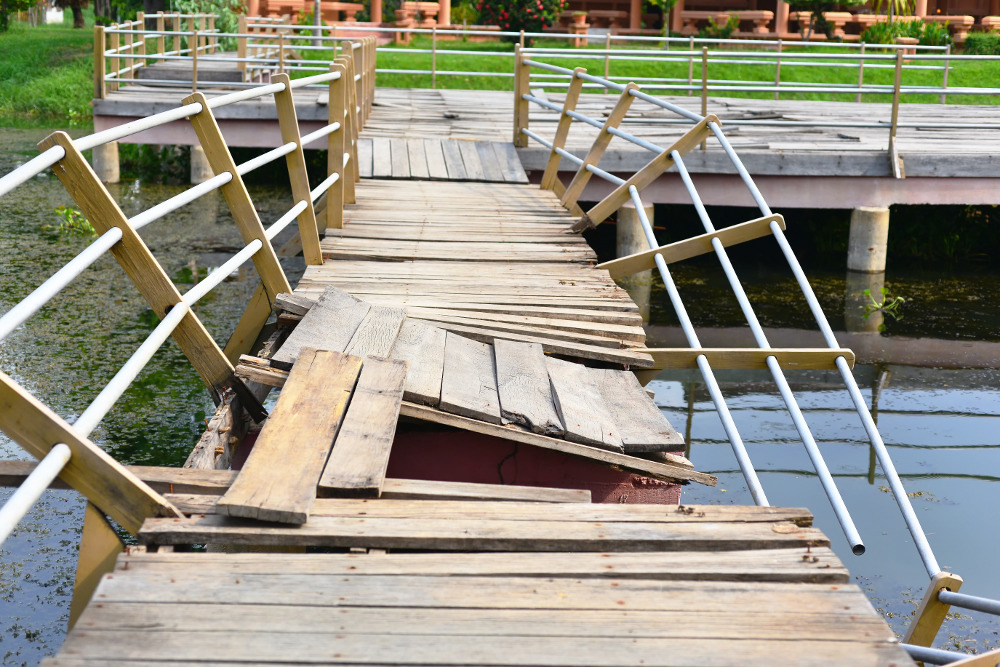How to Select the Right Service for Your Dock Repairs
How to Select the Right Service for Your Dock Repairs
Blog Article
Efficient Dock Repair Work Techniques: Making Sure Architectural Stability
Making sure the structural honesty of docks with effective repair service techniques is extremely important for the durability and safety and security of marine centers. Subsequently, choosing the right repair work products, such as composite products and corrosion-resistant alloys, is essential for sturdiness.
Analyzing Dock Damage
Examining dock damages is an important very first step in making sure the structural honesty and safety of any docking center. This first evaluation includes a thorough inspection to recognize both visible and covert problems. Key aspects to analyze consist of the dock's structure, pilings, outdoor decking, and equipment. Each component must be inspected for indicators of wear, rot, deterioration, or other forms of deterioration that could endanger the architectural honesty.
Structural engineers or qualified inspectors usually do these evaluations utilizing specialized techniques and devices. Undersea assessments may employ finder tools or from another location ran lorries (ROVs) to identify immersed damage. Over water, aesthetic assessments are matched by utilizing wetness meters and various other analysis tools to uncover underlying concerns not promptly visible to the naked eye.

Finding Fixing Materials
Selecting the suitable repair service products is an essential action in the dock restoration process, one that directly influences the longevity and performance of the repaired structure. Material selection should be driven by aspects such as ecological problems, load-bearing needs, and compatibility with existing dock parts. Timber is a typical selection for anchors due to its natural resilience and aesthetic appeal. However, picking the appropriate kind of timber, such as pressure-treated lumber or normally rot-resistant varieties like cedar or teak wood, is crucial to withstand aquatic atmospheres.
Along with wood, composite products are progressively popular due to their resilience and reduced upkeep requirements. Compounds, generally made from a mix of plastic and wood fibers, supply exceptional resistance to rot, insects, and UV damages. For metal docks, picking corrosion-resistant alloys such as galvanized steel or marine-grade aluminum is important to protect against rust and make certain structural honesty in saline water conditions.
Epoxy resins and marine-grade sealers are important for fixing cracks and sealing joints, supplying a water-proof barrier and enhancing the dock's general toughness. By thoroughly selecting top notch products, dock repairs can achieve resilient outcomes, therefore safeguarding against future deterioration and making sure risk-free, trusted use.
Structural Reinforcement Methods
Reliable structural reinforcement strategies are critical in guaranteeing the stability and durability of dock fixings. This approach is particularly effective for docks subjected to heavy loads or rough environmental problems.
Another crucial technique is the application of fiber-reinforced polymers (FRP) These products provide high strength-to-weight ratios and outstanding resistance to corrosion, making them suitable for enhancing concrete or wooden anchors. FRP can be applied in strips or sheets and adhered with epoxy resins to enhance architectural stability.
Supporting and securing systems likewise play an important role in architectural reinforcement. Cross-bracing, using steel or wooden light beams, can combat lateral pressures, decreasing swaying and motion. Anchoring systems, such as helical piers or driven stacks, offer a secure foundation by moving loads to much deeper, much more secure soil layers.
Last but not least, the assimilation of load-distribution plates can assist disperse weight much more equally across the dock's surface area, reducing local tension factors. These techniques collectively make sure that docks remain safe and durable, qualified of standing up to the roughness of their operational atmosphere.
Advanced Repair Service Methods

One more sophisticated method includes undersea welding, which enables fixings to be performed without the demand to dewater the location. This technique is especially beneficial for dealing with structural issues in submerged dock parts, making certain marginal disturbance to procedures. Improved welding techniques, coupled with robot systems, supply accuracy and dependability, thus extending the lifespan of the dock.
In addition, cathodic defense systems are applied to avoid rust in metallic dock frameworks. By making use of sacrificial anodes or pleased current systems, these techniques properly alleviate the electrochemical processes that result in product wear and tear.
Lastly, progressed surveillance innovations, such as architectural wellness monitoring (SHM) systems, offer real-time data on the problem of dock frameworks. These systems make it possible for proactive upkeep and timely treatments, eventually guaranteeing the lasting structural honesty of the dock.
Maintenance and Prevention
Maintenance and avoidance are fundamental principles that underpin the longevity and safety and security of dock structures. Normal evaluations are paramount, enabling early detection of damage, prospective weak points, and environmental influences. A positive strategy, involving regular checks for rust, rot, and architectural shifts, alleviates costly repair services and lengthens the dock's operational life.
Safety nets must consist of applying protective layers to metal elements to defend against rust and utilizing cured wood to resist decay. In addition, ensuring appropriate drain and air flow can prevent water build-up, which is a typical root cause of architectural degradation. Incorporating high quality products and sticking to supplier guidelines during construction and repair service stages additionally play crucial roles in improving toughness.

Educating employees in dock maintenance best practices makes certain regular application of preventative procedures. Leveraging technological advances, such as drones for inspections and sensors for real-time surveillance, can additionally enhance upkeep initiatives. By prioritizing my link upkeep and avoidance, dock owners can ensure architectural stability, functional safety and security, and economical management over the dock's life-span.
Conclusion
To conclude, maintaining the architectural stability of aquatic facilities necessitates thorough dock repair service techniques. Thorough inspections making use of sophisticated devices discover both noticeable and concealed problems, while the selection of proper repair products enhances toughness. Executing architectural reinforcement techniques addresses stress factors effectively. Advanced repair service strategies, coupled with routine upkeep practices, make sure the dock remains risk-free and functional under diverse ecological problems. Embracing these approaches considerably extends the life-span and functionality of marine facilities.
Making sure the architectural honesty of docks via reliable repair techniques is paramount for the longevity and safety company website of marine facilities.Selecting the appropriate repair work materials is a pivotal step in the dock restoration process, one that directly influences the longevity and performance of the fixed framework.Efficient structural reinforcement techniques are crucial in guaranteeing the stability and longevity of dock fixings. By focusing on upkeep and prevention, dock owners can ensure architectural honesty, functional security, and affordable management over the dock's life-span.
In verdict, preserving the structural honesty of aquatic facilities necessitates thorough dock repair service methods.
Report this page